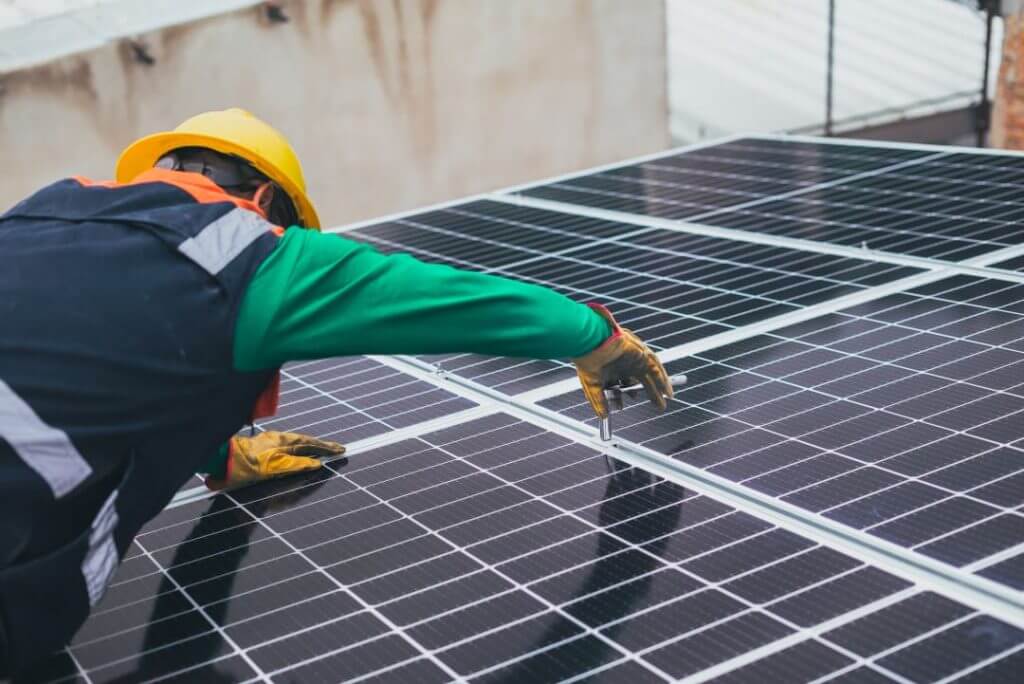February 22, 2022
The evolution of sustainable design toward better environmental, climate, and health outcomes should not translate into insurmountable risk for the teams that do this vital work. In any project, there is a bevy of legal considerations. But when it comes to high-performance design, there are a few key things to keep top of mind at the outset:
The form of contracts you choose (and who prepares them):
The various agreements (and those who draft them) related to the project should contain language that recognizes the desired sustainable design outcomes. Contemporary sustainable and regenerative design requires targeted expertise. It will often require many consultants and specialists to join projects teams. What are all these people doing? They’re providing energy and envelope consulting, applying specialized knowledge around health and wellness, ecosystems and environmental analysis, permaculture, integrating corporate social and environmental programs, and more. The project’s legal instruments must adequately address the people and performance requirements of the project to avoid overlaps and oversights that lead to dysfunction and claims.
Legal tools such as the AIA E204-2017 Sustainable Projects Exhibit include particular terms related to sustainable projects that mitigate risk from the outset by recognizing that sustainable projects are not “business as usual.”
Who drafts and reviews your agreements may make a difference, too. Choosing an attorney with fluency in sustainable design and construction practices will help you spot potential risks related directly to sustainable design. Contemporary sustainable design is more complex and nuanced than traditional construction. An attorney comfortable with sustainable design can help sort through any special risk management considerations early — before and during contract negotiations.
The prior experience and expertise of the team:
For a successful sustainable project, building teams with the requisite expertise is necessary. Choosing the lowest bidder for design or construction services may be tempting (or a requirement). But the practice is rife with risk for buildings expected to achieve superior performance outcomes related to energy, environment, health, and wellness. Determining who will provide design observation and construction oversight of the many interrelated systems (and their relevant consultants) in the building is also critical. Qualifications-based selection, where teams are chosen based on their expertise and experience, not based on price, is a natural fit for sustainable projects and will cut out the additional risks of untested and inexperienced teams.
Mockups and testing:
Envelope failures are a fact of life in any building, but for buildings striving for superior performance, the expectations (and stakes) are higher. During design, mockups of critical assemblies should be collaboratively designed and constructed by the design team and the installers who will touch any component of the assembly on site. While a mockup cannot guarantee the ultimate performance of an assembly, it may significantly reduce the risk of improper installations and avoid potential problems that may arise from the use of untested techniques or products. Final details and specifications for complex design components and junctures should be based on constructing and testing the mockup. Owners should set aside a budget for the construction of mockups, testing, and onsite verification to reduce the potential for defects in building performance and related claims.
Communication:
One thing that will cause problems in any project is inconsistent or inadequate communication. A system for regular, candid communication among the team members is highly desirable to mitigate risk and will help reduce claims. It is perhaps human nature to guard one’s professional territory, and it is probably not reasonable to expect absolute candor at all times. But in this era of higher and higher performance requirements and ever-increasing owner expectations, intelligent communication is perhaps the best risk-mitigation strategy of all.
Jessyca Henderson is an attorney and architect based in Maryland, providing legal services and consulting to design professionals, corporations and government related to sustainable design, building science, and environment. www.jlhlawoffice.com
AIA Contract Documents has provided this article for general informational purposes only. The information provided is not legal opinion or legal advice and does not create an attorney-client relationship of any kind. This article is also not intended to provide guidance as to how project parties should interpret their specific contracts or resolve contract disputes, as those decisions will need to be made in consultation with legal counsel, insurance counsel, and other professionals, and based upon a multitude of factors.

